Reverse Wireless Charging, a technology that transforms power receiver into a power transmitter and communicates with power receiver to send power. To simplify, when one mobile phone can be used to charge another phone wirelessly it is reverse charging.
Does this sound unbelievable? or like an idea picked from a Sci-Fi movie?
Certainly, but the truth is this technology has been invented and is in its first phase. Plus, it is available in a couple of flagship phones. With wireless charging technology being adopted by many brands globally, it was time to take the next step i.e. converting the receiver into a donor and Huawei is the first one to do it followed by Samsung.
Technology: How it works?
To understand reverse wireless charging technology, let’s start with the basics. The term, ‘Charging’ implies ‘to charge’ or to provide energy thus increasing the battery power of an electrical device. Wireless charging means you no longer need to plug in the device. This means through electromagnetic induction, without any visible connection between the charging station and receiving gadget the device gets charged.
Once charged it can be used for the purpose it was bought for. But this charge be used to power up another device, that too wirelessly? This is when the concept of reverse wireless charging comes into play. Using the power of charged device you can charge another device wireless.
To know more about wireless charging, must read: What is wireless charging?
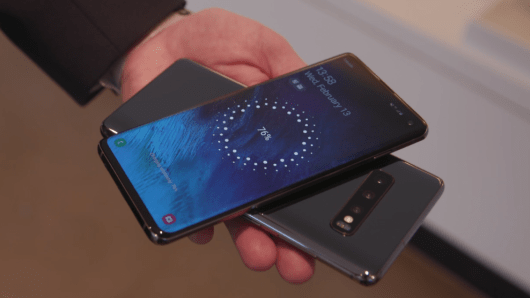
In other words, it helps in drawing power from one device into another. This might sound complicated, but it’s setup is quite simple.
All you need to do is enable the option from the settings menu and place the phone beneath the device from which you need to charge.
Note: Power transfer will only take place when transmitter phone’s battery is above 30%, to ensure that it does not drain itself completely while charging another device.
Highlights: What is it good for?
Increase in Battery backup capacity: Sometimes, a new technology indirectly influences certain products. But reverse wireless charging would help to increase battery capacity. As the primary device would require more power not just for themselves but for charging other devices. Therefore, once the idea of charging multiple devices with one device sets in, mobile phone manufacturers would need to design devices with twice the power they currently have.
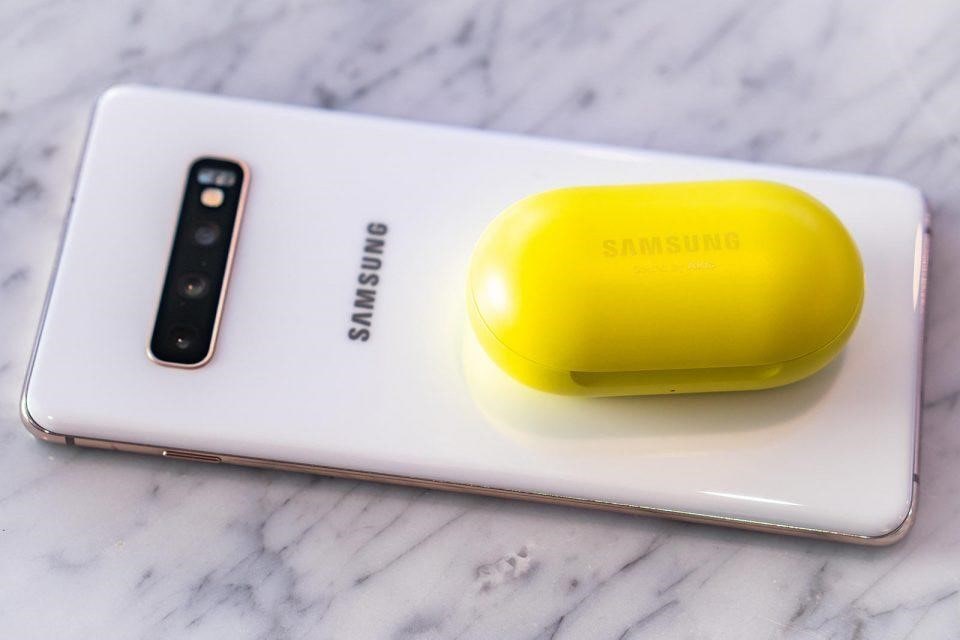
Reduction of Chargers: Undoubtedly, mobiles are the most preferred gadgets today with wireless earphones and smartwatches falling into second and third places. But they all require separate chargers, this means additional wired baggage.
Reverse wireless charging will resolve this, by reducing the number of chargers to just one. As the other two devices would be wirelessly charged by your mobile. This would ease the stress of battery status in our lives.
Convenience: As reverse wireless charging will reduce the number of chargers, it will become more convenient for people. And with this demand for wireless gadgets would rise.
Ecosystem of electronic gadgets: Our smartwatches and earphones are connected through Bluetooth technology. But the innovations in reverse wireless charging technology would enable not only the transfer of power but will also sync devices and create an ecosystem of all the gadgets.
Lowlights: What needs to improve?
Charging Speed: Reverse wireless charging isn’t quick. It is more like a low-power solution for emergency top-ups of your earbuds or smartwatch and in extreme cases if your friend’s phone is in the 5% zone. Hence, this needs to be worked upon.
Device compatibility: For receiving the charge, device should be Qi wireless charging compatible.
Time consuming: Reverse wireless charging is a time consuming process and almost takes four times the normal time to charge your device as the power transfer rate is very slow.
Transfer Interference: To charge wirelessly phone requires a glass body this makes it vulnerable. Therefore, cases and covers would be required but using them will create hindrance. Hence to get reverse charging working we need to look for a work around that is convenient and less risky .
Faster battery drain: Early reviews mention, all the energy lost by the donor is not gained by the receiver. In simple terms, if your phone loses 20% of the charge during reverse charging, the receiving device will not receive full 20%. It would be less as some energy is lost during the process.
Devices
Now that we have understood the technology and its features, let’s look at the devices which support reverse wirelessly charging. Huawei is credited with the first brand globally to launch a mobile phone with this capability.
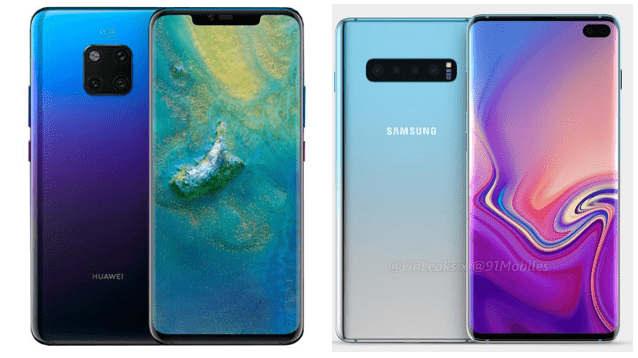
1) Huawei Mate 20 Pro. This device debuted reverse wireless charging in 2018. It could charge any other Qi wireless device irrespective of brand but the concern which aroused was that of slow speed of charging the secondary device.
2) Huawei P30 Pro. This device is already making news due to the best camera specifications ever, but we will have to wait a while till it launches globally and is used by people across the globe to find out its reverse wireless charging capabilities.
3) Samsung Galaxy S10 Series. Speaking of new technology, there hasn’t been a time when Samsung mobiles did not implement it. Samsung released the all new S10 series with several exciting features one of them being the wireless PowerShare feature which works on the same wireless power transfer technology with other compatible devices. However, Samsung has advertised it in a different way by promoting its Galaxy ear buds and Galaxy watches capable of being magically charged by placing them on the back of the S10 mobile.
Other brands are also adopting this concept of turning the mobile phone into a power bank when required and soon we will have many devices in this segment. Though the concept of phones charging other devices is new, however, Qi enabled phones which can be charged with a wireless docking station were invented back in 2012 by Nokia. This means that there a lot of already existing phones which can be charged wirelessly including the Apple iPhone 8, Samsung Galaxy S8 and S9 series, Google Pixel 3, Xiaomi Mi Mix 3; Sony Xperia XZ3 and Nokia 8 Sirocco.
Unconfirmed reports convey that Apple will add reverse wireless charging to this year’s crop of iPhone 11 models. This would enable charging AirPods and Apple watches with the help of the new iPhone thus creating AirPower. (AirPower was the extremely ambitious high-speed wireless charging pad but was never released due to reasons unknown. )
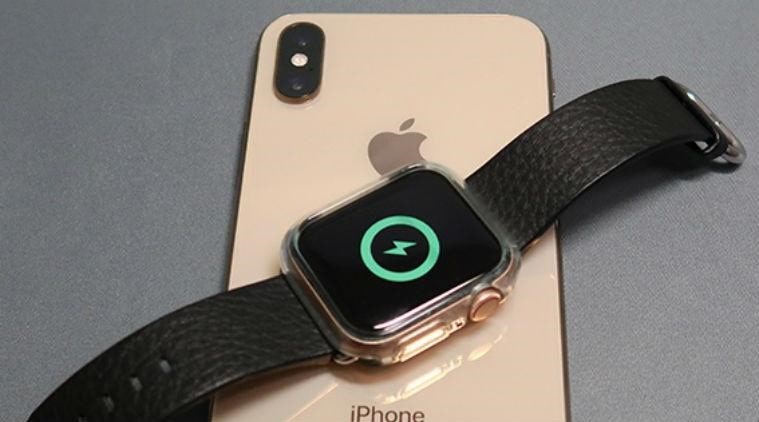
The not so final word.
Judging any new technology in an early phase would be wrong as Reverse Wireless Charging has just evolved and will take time until the final benefits are heaped. Currently it appears just as a marketing gimmick, but it will soon progress into a must-have feature in mobile phones. Until that time comes, we can wait and keep ourselves updated about the developments about this technology.





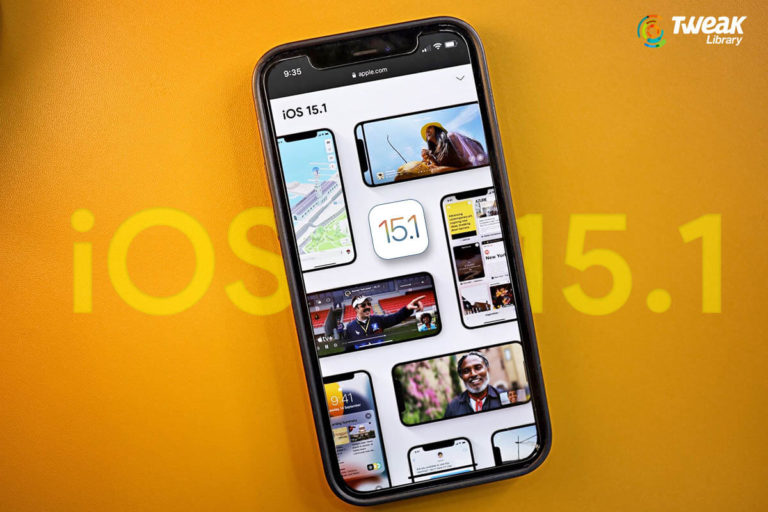
Ahmed Mansour
Hey is it possible to add reverse wireless charging to any phones like oneplus 7 pro ? i want to add it to use it to charge my headphone
Dheeraj Manghnani
Hi, Reverse Wireless Charging feature is provided by OEM itself. It cannot be added to a device that doesn't support this feature. OnePlus is working on this technology and will definitely add it to their later models.